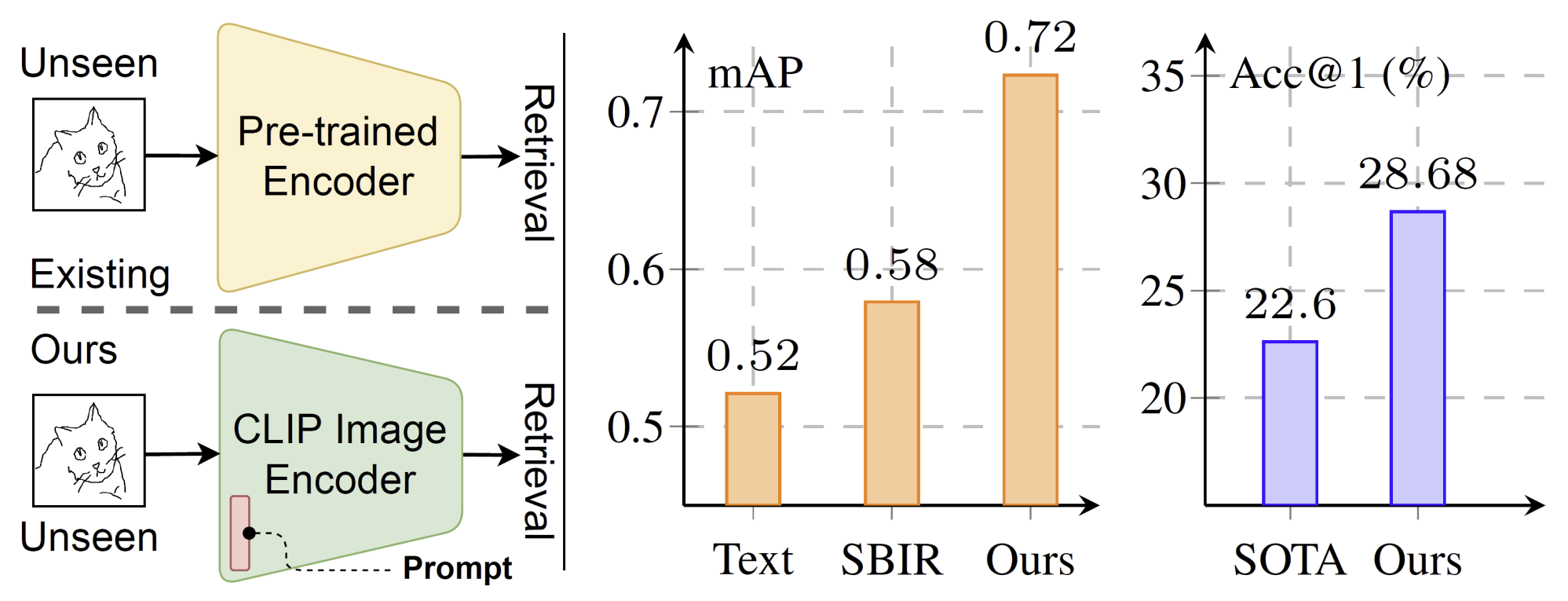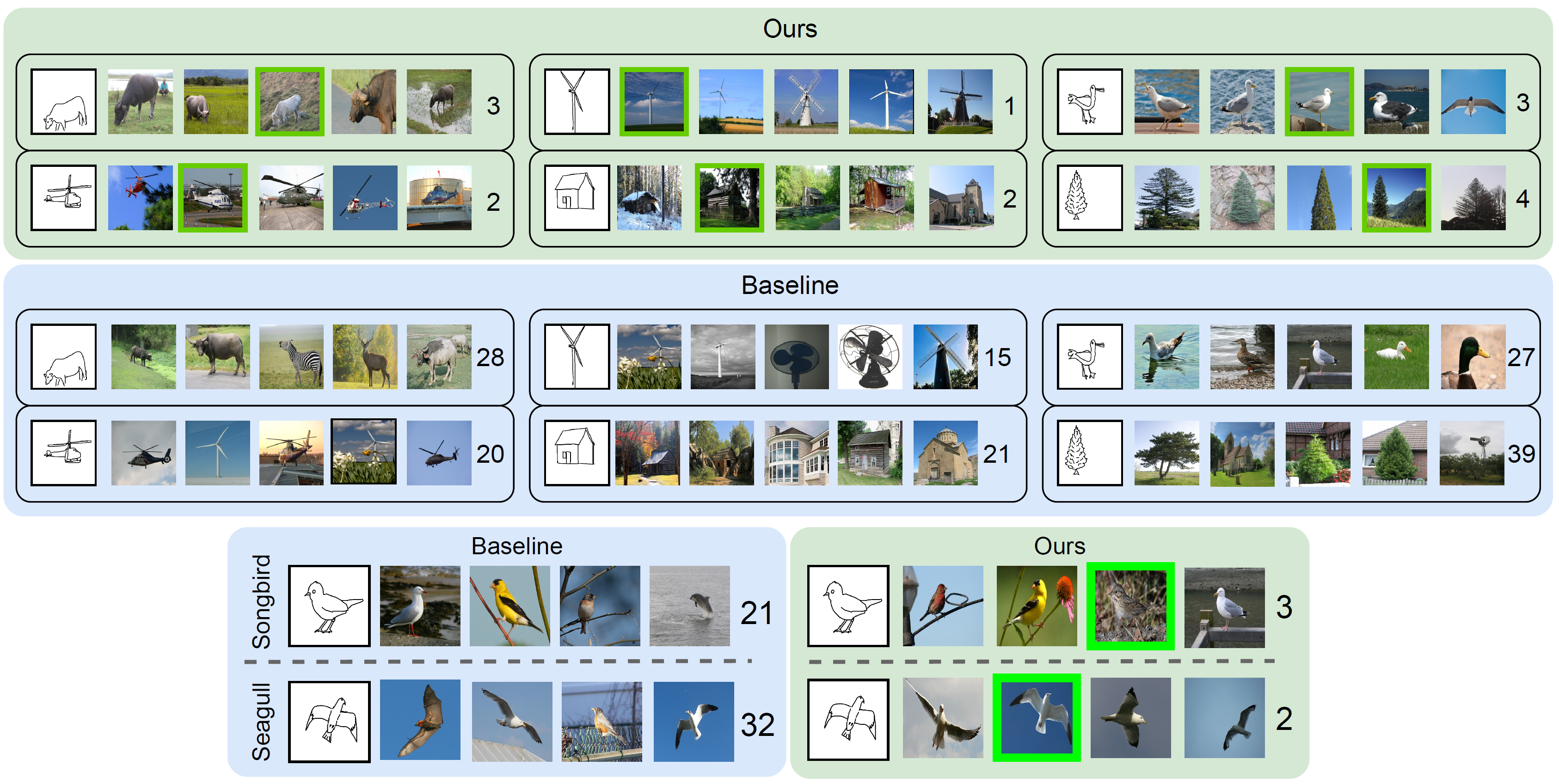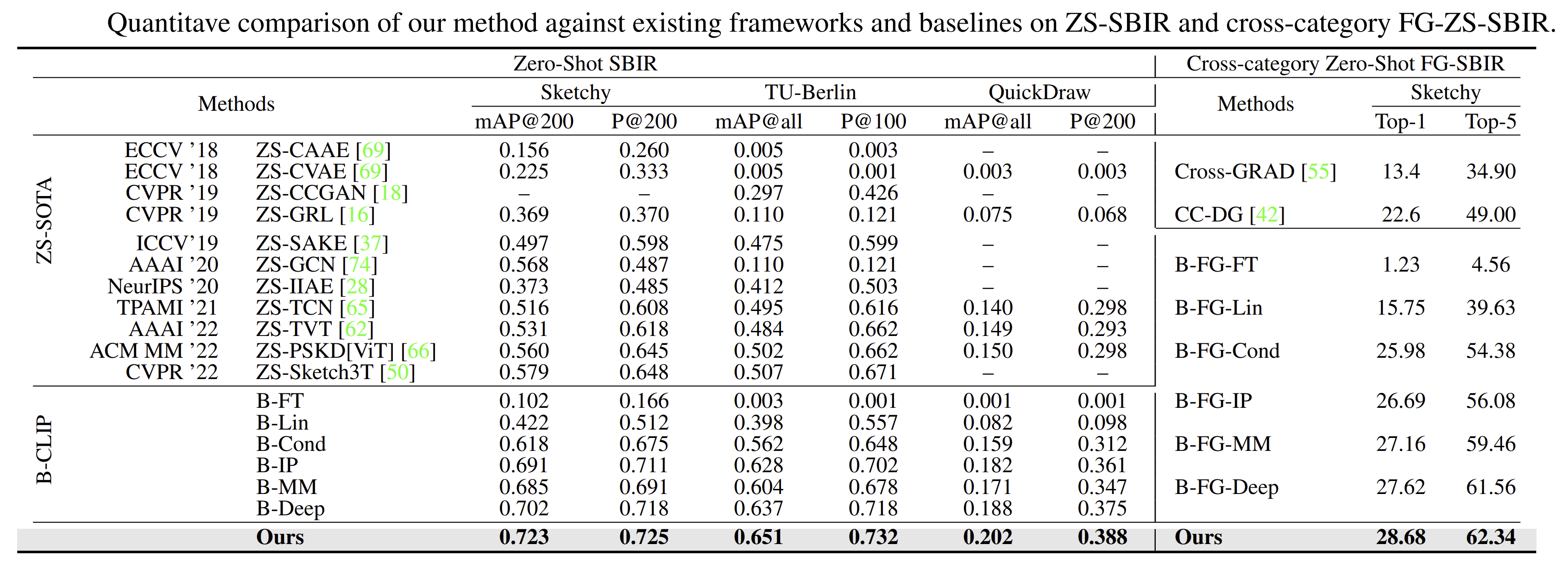




@Inproceedings{sain2023clip,
title={{CLIP for All Things Zero-Shot Sketch-Based Image Retrieval, Fine-Grained or Not}},
author={Aneeshan Sain and Ayan Kumar Bhunia and Pinaki Nath Chowdhury and Subhadeep Koley and Tao Xiang and Yi-Zhe Song},
booktitle={CVPR},
year={2023}
}Copyright: CC BY-NC-SA 4.0 © Aneeshan Sain | Last updated: 31 Mar 2023 |Template Credit: Nerfies